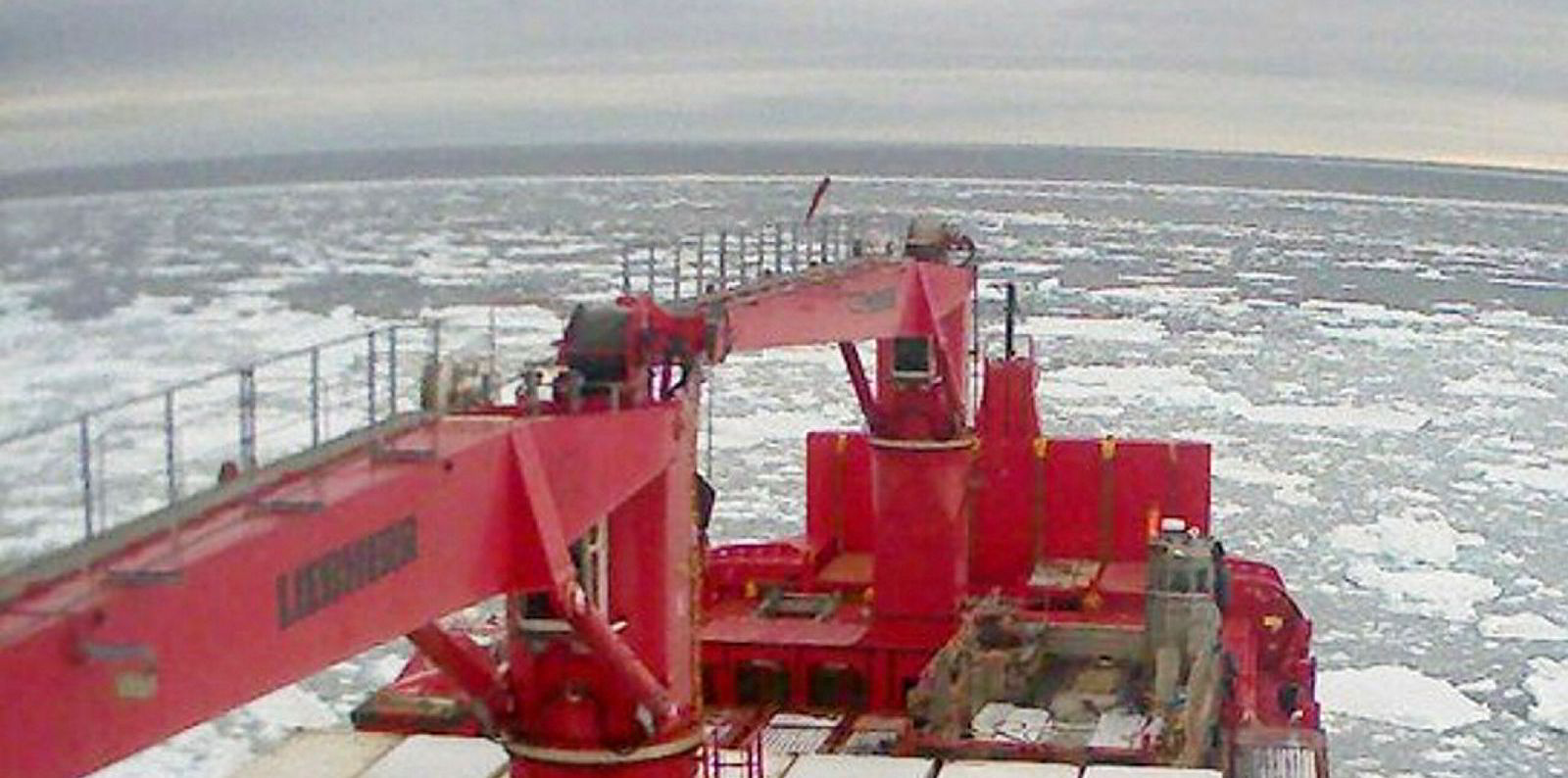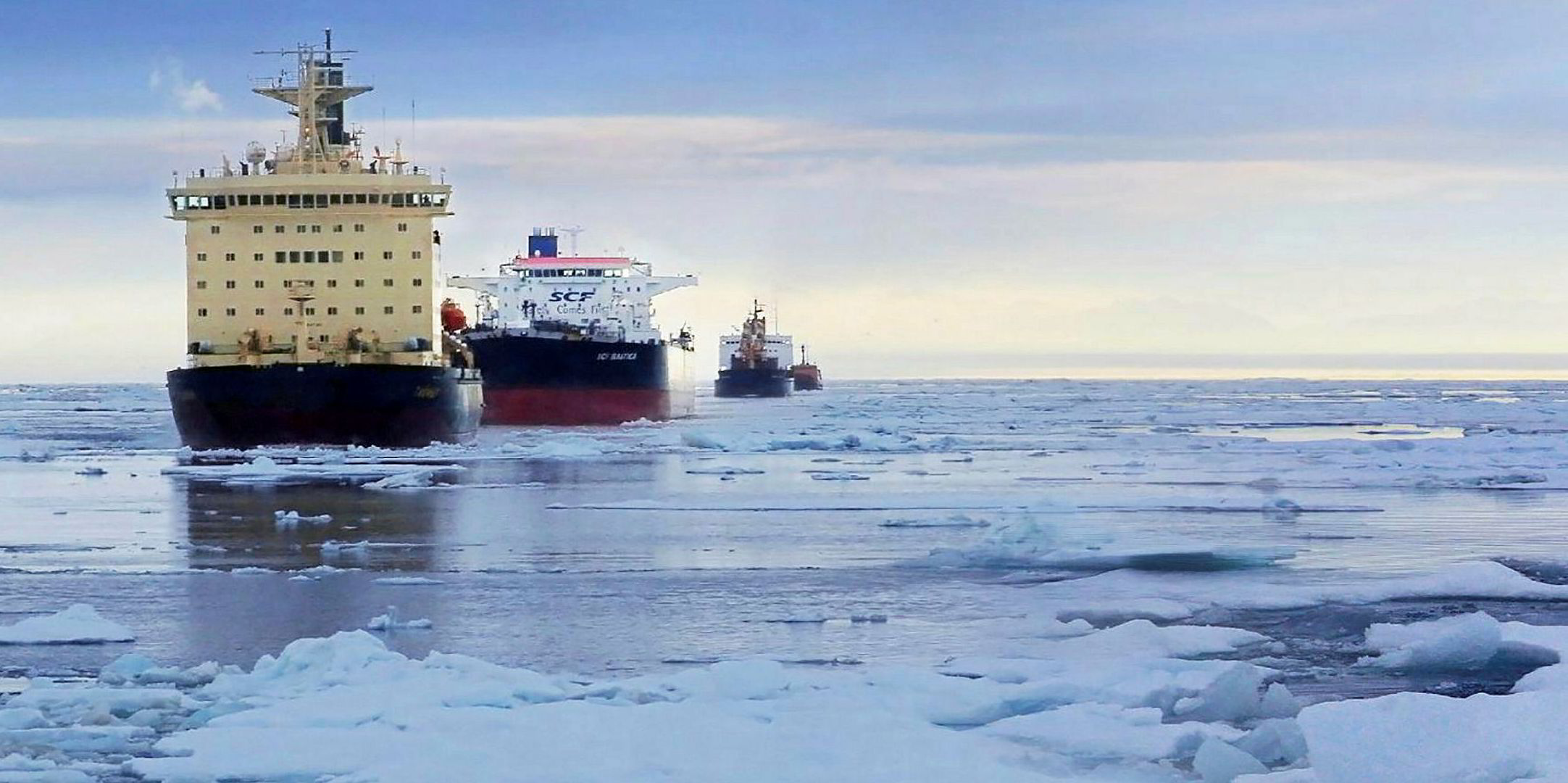The proposed International Maritime Organization ban on heavy fuel oil (HFO) in the Arctic is not worth the paper it is written on, claim environmentalists, who are pressing for the removal of waivers and exemptions as the ban is discussed this week at the IMO’s Marine Environment Protection Committee meeting.
“The IMO and its member states must make serious amendments to the draft ban on the use and carriage of polluting heavy fuel oil in the Arctic," said Sian Prior, lead Advisor to the Clean Arctic Alliance.
"If they approve the ban as it stands, it won’t be worth the paper it’s written on.”
The inclusion of loopholes in the draft regulation means that a HFO ban will not come into full effect until mid-2029, when the exemptions and waivers are due to expire, the alliance argues.
Clean Arctic Alliance is calling for the ban not to include the waivers and exemptions so it can be effective. The alliance believes that Russia can come onboard to support these measures, even though by far the largest number of vessels sailing in the Arctic are flagged with the state.
Russian president Vladimir Putin recently indicated in talks with Finland a need to move away from fuel oil in Arctic waters to use alternatives – most likely LNG, Prior said.
As drafted, the ban allows five central Arctic coastal states to issue waivers to their own flagged ships.
An analysis by the International Council on Clean Transportation concludes that the proposed regulation will only reduce the use of HFO by 16% and the carriage of HFO as fuel by 30% when it takes effect in July 2024 – allowing 74% of Arctic shipping to continue with business as usual.
Between July 2024 and July 2029, when the ban becomes partially effective, the amount of HFO used and carried in the Arctic is likely to rise, the alliance added. This is because shipping in the Arctic increases, and newer ships replace older vessels and are able to take advantage of the exemption or change flag and seek a waiver from the ban.
But alternative future scenarios would see a 29% fall in HFO use and 64% in carriage if waivers were removed, and 75% and 70% respective drops if exemptions were dropped, the alliance said.
With the area of summer ice in the Arctic having fallen 40% over the last 40 years and some forecast predicting it will cease to exist with a decade, the alliance said black carbon emissions from the Arctic shipping fleet grew by 85% in the four years between 2015 and 2019. Black carbon speeds the melting of ice.






